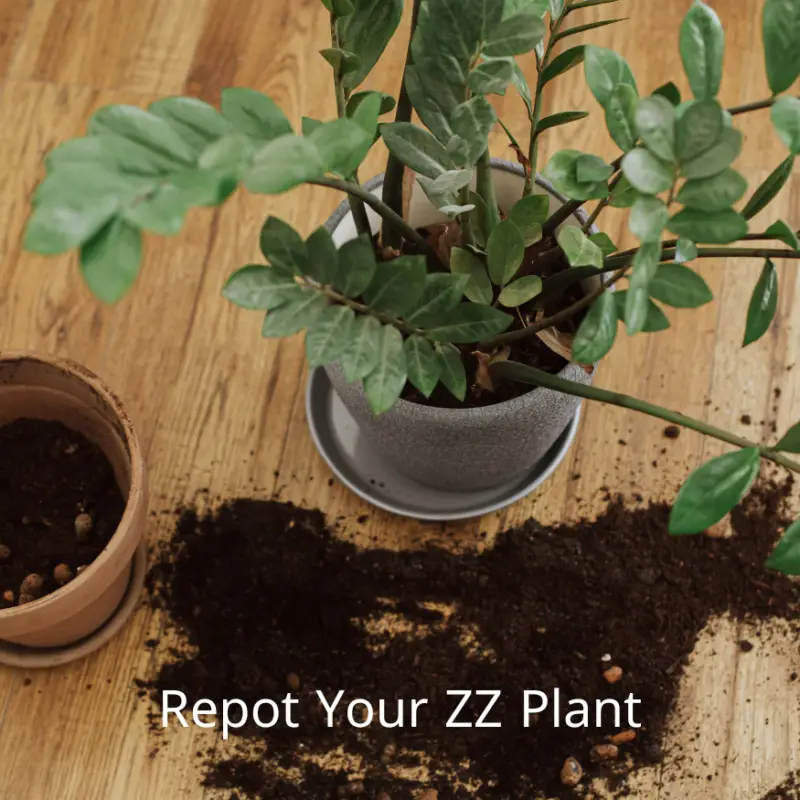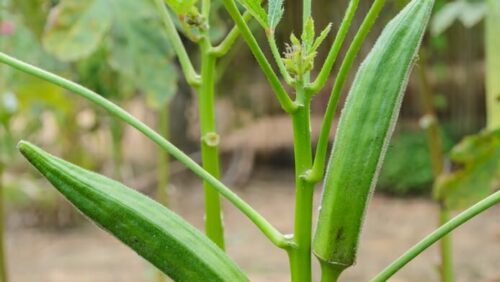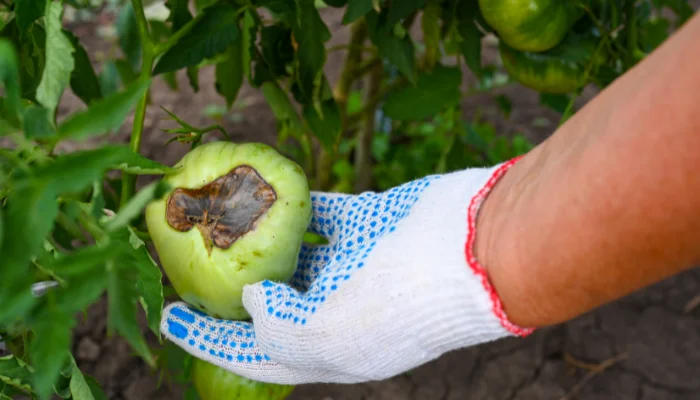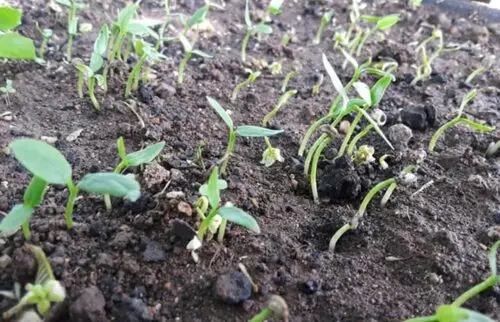How to Grow Jicama Plant: Step-by-Step Instructions
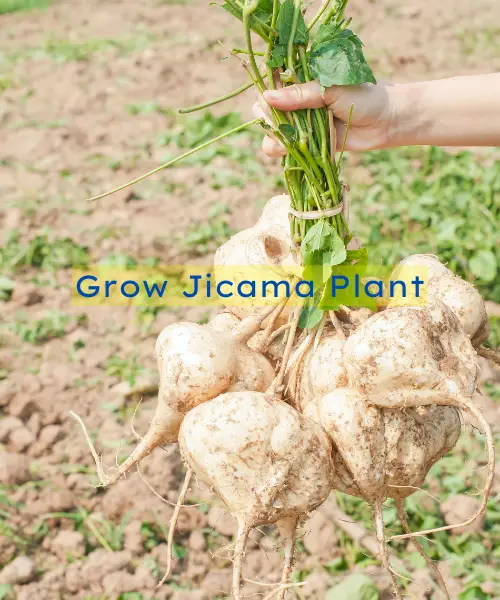
The Mexican turnip, or jicama, is a distinctive and adaptable root vegetable that has become more and more well-liked in recent years due to its somewhat sweet taste and crisp texture.
Enjoying this nutrient-rich vegetable straight from your yard can be a satisfying experience when you grow your own jicama plant.
We will go over all the details of growing jicama in this extensive tutorial, from choosing the best type to harvesting and preserving the product. Now let us get started!
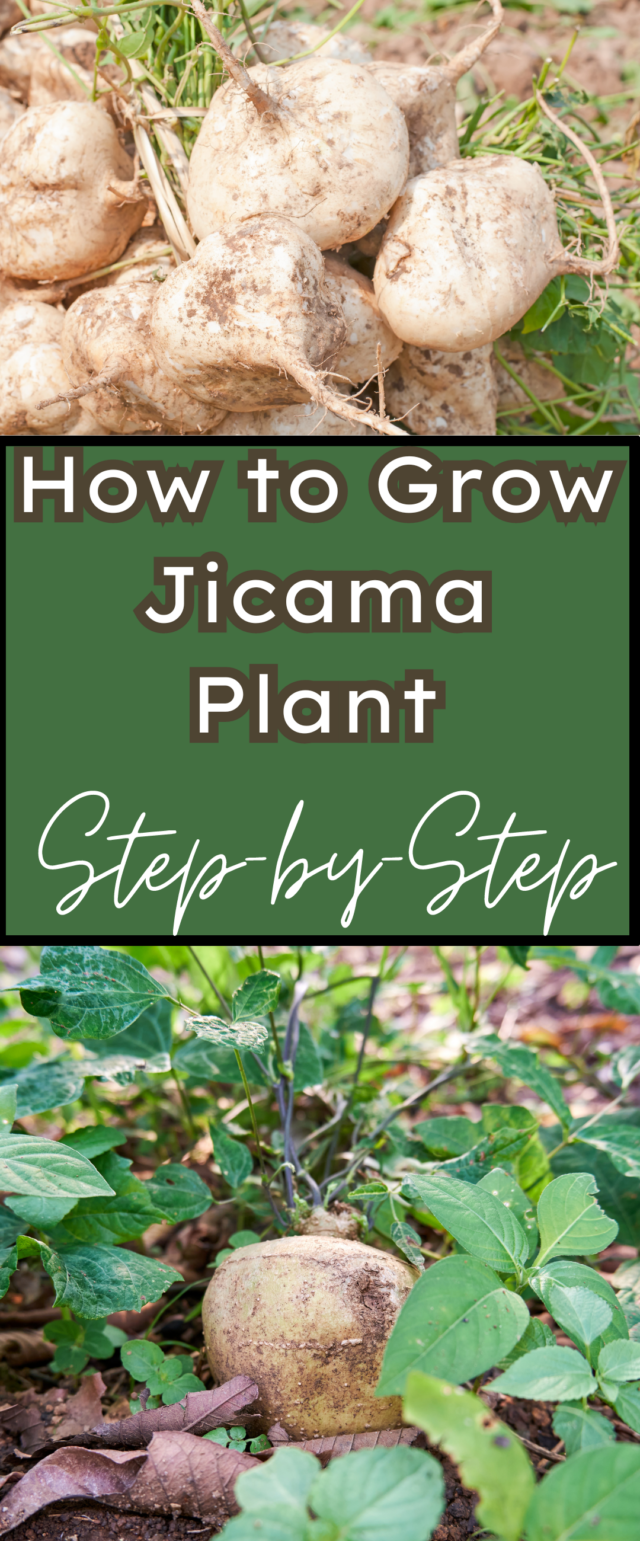
1. Grow a jicama plant.
Native to Mexico and Central America, the jicama (Pachyrhizus erosus) belongs to the legume family. The plant yields a big, edible tuber that can reach a diameter of up to 20 inches and weigh several pounds.
The tuber, which is the part typically consumed, has a thin, brown outer skin that can be easily peeled away to reveal the crisp, white flesh inside. The flesh has a unique texture that’s often described as a cross between a potato and an apple, with a slightly sweet and nutty flavor.
2. Selecting the Right Variety
Jicama comes in a variety of variations, but the white-fleshed forms are the ones that are most frequently planted in home gardens. Two well-liked types to think about are:
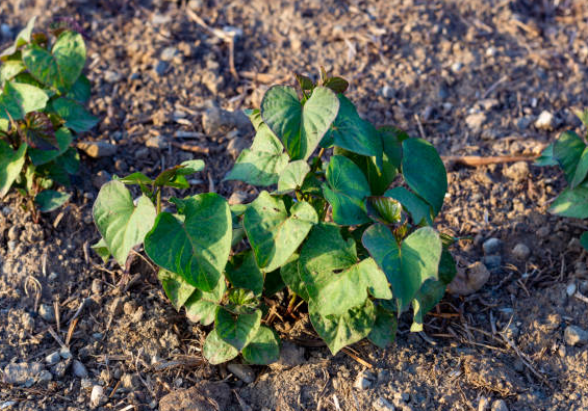
Jícama de Leche: This variety produces large, round tubers with creamy white flesh and a mild, sweet flavor.
Jícama de Agua: As the name suggests, this variety has a higher water content, resulting in a juicier and crunchier texture.
Selecting a reliable supplier is crucial when buying seeds or seedlings to guarantee that you are getting a superior, disease-resistant type.
3. Growing Conditions
Jicama requires good, well-draining soil and grows best in warm, subtropical areas. The following are the best growth circumstances for a productive crop of jicama:
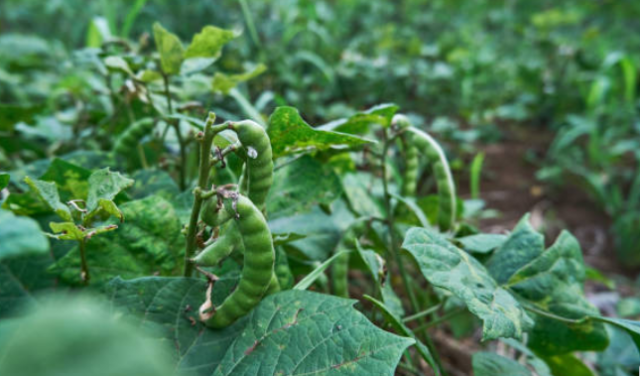
- Temperature: Jicama grows best in temperatures ranging from 68°F to 95°F (20°C to 35°C). It’s sensitive to frost and cold temperatures, so it’s important to plant after the last frost date in your area.
- Sunlight: Jicama plants require full sun exposure, ideally six to eight hours of direct sunlight per day.
- Soil: The ideal soil for jicama should be well-draining, fertile, and slightly acidic, with a pH range of 6.0 to 6.8. Amend the soil with compost or well-rotted manure before planting to improve drainage and nutrient content.
- Water: Jicama plants have moderate water needs and should be watered regularly to maintain consistently moist (but not waterlogged) soil.
4. Planting and Spacing
Jicama can be grown from seeds or transplanted as seedlings. If starting from seeds, sow them directly into the garden after the last frost date, planting them about 1 inch deep and 6 to 8 inches apart.
If using seedlings, transplant them into the garden when they’re about 6 inches tall and have developed a sturdy root system.
When planting, ensure proper spacing to allow for adequate growth and air circulation. Jicama plants can grow quite large, so space them at least 3 to 4 feet apart in rows that are 4 to 5 feet apart.
5. Caring for Jicama Plants
To guarantee a plentiful harvest, jicama plants need constant care and attention throughout their growth cycle. Here is some vital health advice:To guarantee a plentiful harvest, jicama plants need constant care and attention throughout their growth cycle. Here is some vital health advice:
- Watering: Water the plants regularly, keeping the soil consistently moist but not waterlogged. Aim for about 1 to 2 inches of water per week, adjusting as needed based on rainfall and temperature.
- Mulching: Apply a 2- to 3-inch layer of organic mulch around the plants to help retain moisture and suppress weed growth.
- Fertilizing: Jicama plants benefit from regular fertilization. Apply a balanced, slow-release fertilizer at the time of planting and again every six to eight weeks during the growing season.
- Weed Control: Keep the area around the plants free of weeds, as they can compete for nutrients and water.
- Pest and Disease Management: Monitor the plants for signs of pests or diseases and take appropriate action if necessary. Common pests include aphids, spider mites, and nematodes, while diseases like root rot and leaf spots can also occur.
6. Harvesting and Storage
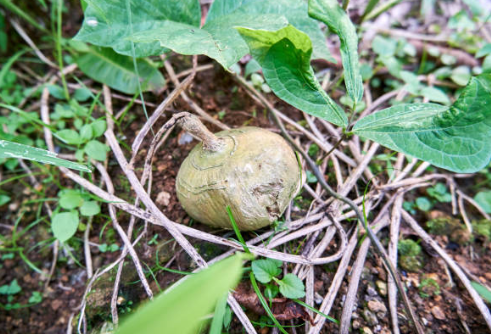
Jicama plants take approximately 8 to 10 months to reach maturity and be ready for harvest. Here’s what you need to know about harvesting and storing your jicama crop:
- Harvesting: The tubers are typically ready for harvest when the vines begin to die back and the tubers protrude slightly from the soil surface. Use a garden fork or spade to carefully dig around the tuber, being careful not to damage it.
- Curing: After harvesting, allow the tubers to cure in a warm, dry, and well-ventilated area for about two weeks. This process helps extend their storage life.
- Storage: Once cured, store the jicama tubers in a cool, dry place, such as a root cellar or refrigerator. They can be stored for several months if kept in the right conditions.
7. Using Jicama
There are many different ways to eat jicama, a vegetable with immense versatility. These are a few common applications:
- Raw: Jicama is often enjoyed raw, either sliced or julienned, and added to salads, slaws, or served with dips and salsas.
- Cooked: While not as common, jicama can also be cooked. Try roasting, sautéing, or stir-frying jicama for a unique twist on your favorite dishes.
- Juices and Smoothies: The crisp, juicy flesh of jicama makes it a great addition to fresh juices and smoothies.
- Snacks: Jicama can be sliced into sticks or chips and enjoyed as a healthy, crunchy snack.
Growing your jicama can be a rewarding experience that not only provides you with a unique and nutrient-rich vegetable but also allows you to appreciate the process of cultivating this fascinating plant.
You will be rewarded with an abundance of tasty jicama tubers to use in a range of recipes if you provide the proper growing conditions, attention, and patience. Why not add this outstanding root vegetable to your home garden and give it a try?

